“The worst days of my life” – that’s how “John” (a pseudonym we use to protect his identity) describes his stay in solitary confinement.
The man, a Latin American national in his twenties, said he spent six days in isolation while requiring medical care at an ICE detention facility in South Texas. Speaking in a video call from Latin America, where he currently lives, he told our team:
“I was in a place where I was alone. It was horrible. I didn’t have the right to do anything. I was allowed to go out for one hour in a very small place with a basketball hoop. It was a cell too, where I would be by myself."
Solitary confinement – which ICE refers to as “segregation” – is the isolation of a person in a small, individual cell without meaningful human contact for 22 hours or more per day.
Amid an intensifying immigration crackdown since President Donald Trump’s inauguration on January 20, human rights groups are sounding the alarm over the growing use of this practice by US Immigration and Customs Enforcement (ICE) – and the psychological impact on thousands of detainees.
Since Trump’s inauguration, authorities have arrested more than 220,000 people, according to data published by The Guardian. Some 59,760 were in detention as of September 22, 2025, compared with 39,700 in mid-January 2025, just before Trump took office.
Between December 2024 and the end of August 2025, the number of ICE detainees who spent at least a day in solitary confinement increased by 41%, according to an analysis by nonprofit news organisation The Marshall Project and Spanish-language network Univision. The analysis found that in August, more than 1,100 ICE detainees had spent time in solitary.
A study by Physicians for Human Rights released in September 2025 found that during the first four months of the second Trump presidency, the number of individuals placed in solitary confinement increased by an average of 6.5 per cent per month – nearly twice the average monthly increase observed from 2018 to 2023. The group noted that the trend of more frequent use of isolation by ICE had started during the Biden administration.
A ‘very small room’ with a ‘very small window’
Our Observer arrived in the US legally several years ago, but later lost his visa due to a relative’s neglect. After he was arrested by ICE in 2025, he spent three days in an ICE “hold room”, where he says he slept on the ground without a blanket in a small, overcrowded space and was denied a shower. Following this, he was transferred more than 2,000 kilometres away to the South Texas Detention facility.
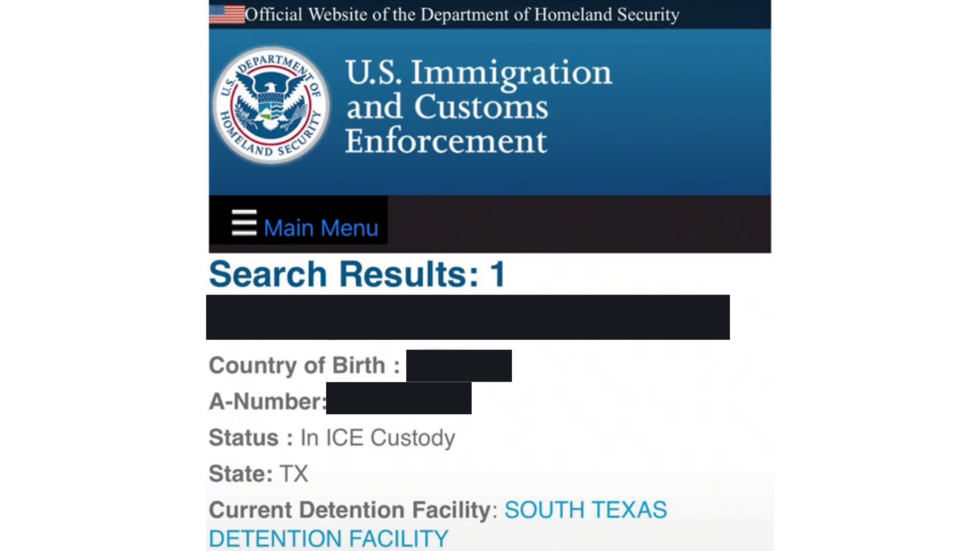
From there, he recalls the "terrible food" and the cells holding 100 people, whose cellphones had been confiscated and had to rely on just four working phones for outside calls. But it was in solitary confinement that he claims he "ended up losing [his] mind".
John claims he was put in solitary confinement after he developed a painful rash, and the medical unit nurse couldn't identify it. He says he then spent a whole day in isolation without seeing a doctor.
In a call to his girlfriend, which she recorded and shared with the Observers team, John said, while sobbing, that a doctor was supposed to visit but hadn’t arrived. John said he was worried that he had been forgotten.
He was finally sent to the medical unit the following day, where he was examined and spent two days. However, he was then returned to solitary confinement, because, he says, there were too few beds in the medical unit, and people in worse condition than him. He was released from solitary five days later.
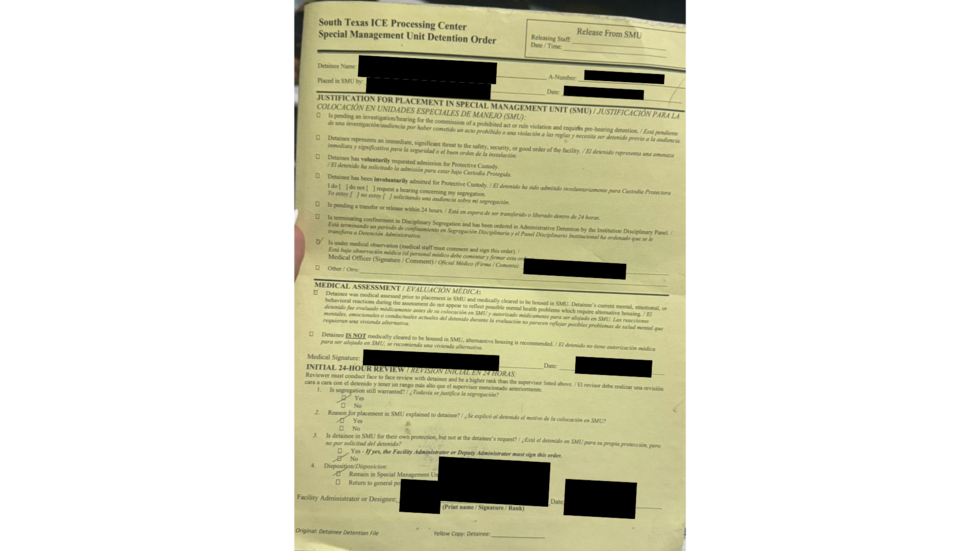
John and the other detainees referred to the solitary cells as "el pozo", Spanish for "the well". He described it as follows:
“It was a very small room: about 4 feet [1.2 metres] long and 8 feet [2.4 metres] wide. There was a toilet and a sink on top; one bed and a thin mattress; and a very, very small window. The window was above me, so I couldn't even see what was behind.
There was no space for anything. There was only a small space on the door where they were able to pass me the food.
It was just horrible. It was very, very cold. Sometimes, when I tried to sleep, I couldn't because it was too cold.”
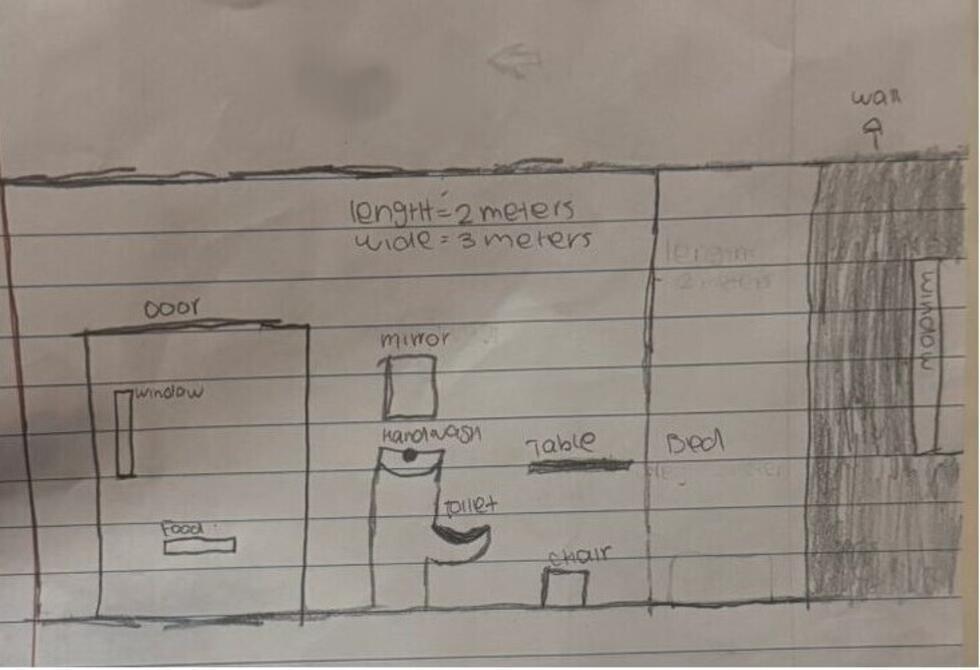
‘They wouldn't change my clothes’
Contacted by the FRANCE 24 Observers team, ICE referred us to a directive originally issued in 2013. It indicates: “ICE shall ensure the safety, health, and welfare of detainees in segregated housing in its immigration detention facilities.” The document outlines two reasons for the use of segregation: “administrative segregation” for the safety of the detainee or other detainees and “disciplinary segregation” as punishment for “serious misconduct” following a hearing.
“At some point, the doctor went to solitary confinement and explained to me why I was there and that I was only going to be able to get out of there once I was healed. But it took me more time being there because they didn't give me medicine. The doctors only came every other day.
When you are in solitary confinement, they take everything that people may use to kill themselves. You are not allowed to have medicine. Because that place is horrible, officers are scared that people might take a lot of pills.
They wouldn't change my clothes. I spent several days in the same clothes. It was horrible.”
In a call to his girlfriend recorded just after he was sent back to solitary, he said he was receiving no medical care. He can be heard banging on the door and asking the guards to bring him medicine.
Regarding John’s allegations that he lacked adequate care during his stay, the ICE spokesperson said that without further information, the agency could not comment on his case.

‘I felt helpless’
John’s girlfriend, Lina (a pseudonym), is a Latin American national who now lives with John in his home country. She recalls the day she received his first call from solitary:
“ That day, he called me at 8am. I answered, and he said to me, ‘I need you to start recording this.’
I was desperate because he was again crying and asking me for help. And I felt helpless.
I called the centre asking them: ‘Hey, this person needs a new set of clothes.’ They would only say, ‘Oh, yeah, we're going to do it.’ And then [John] will call me, saying that he's been wearing the same clothes. He sweated for several days. His wounds were open, and he was sweating. So it made it worse.”
Just like John, dozens of detainees served one or more days in “segregation” each month at the South Texas Detention Facility in 2025, according to ICE data. In August, for instance, 129 individuals spent time in solitary. The centre has a capacity of 1,904 according to Geo Group, the company that operates the facility.
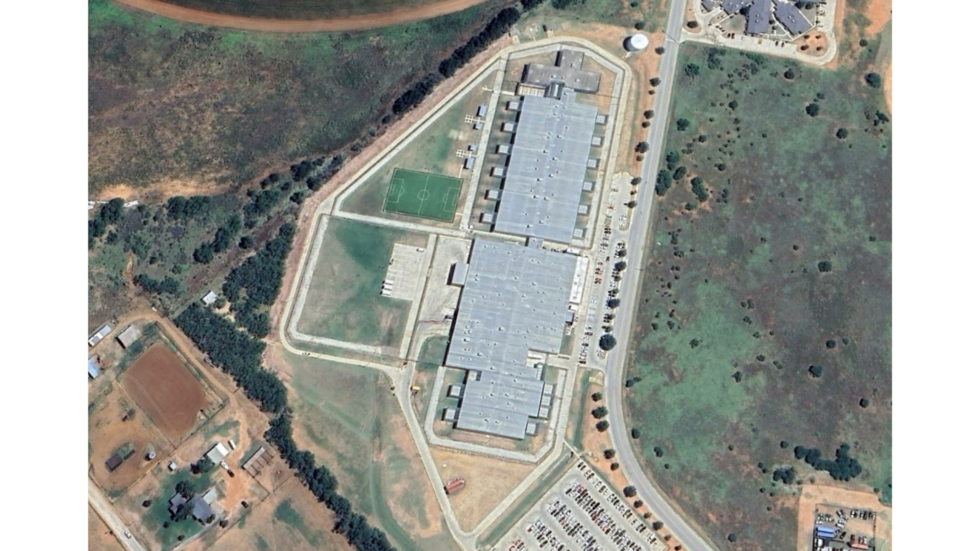
‘Inside the solitary cell is where I ended up losing my mind’
Solitary confinement also impacted John’s immigration fate:
“I was supposed to wait a few more weeks in detention because, as I came to the US with a visa, I was fighting my case [to remain in the US]. But because I was in solitary confinement, I ended up losing my mind, and I ended up requesting my bond hearing.”
A bond hearing – a court proceeding to determine if a defendant can be released from jail before trial – was scheduled while John remained in solitary confinement. His virtual presence at the hearing was granted after his girlfriend made numerous calls to both the detention centre and the court. However, his bond was denied.
That same day, he was supposed to face the first hearing of his removal proceedings. But he claims he was not allowed to attend, even virtually: “Those things started to let me down emotionally.”
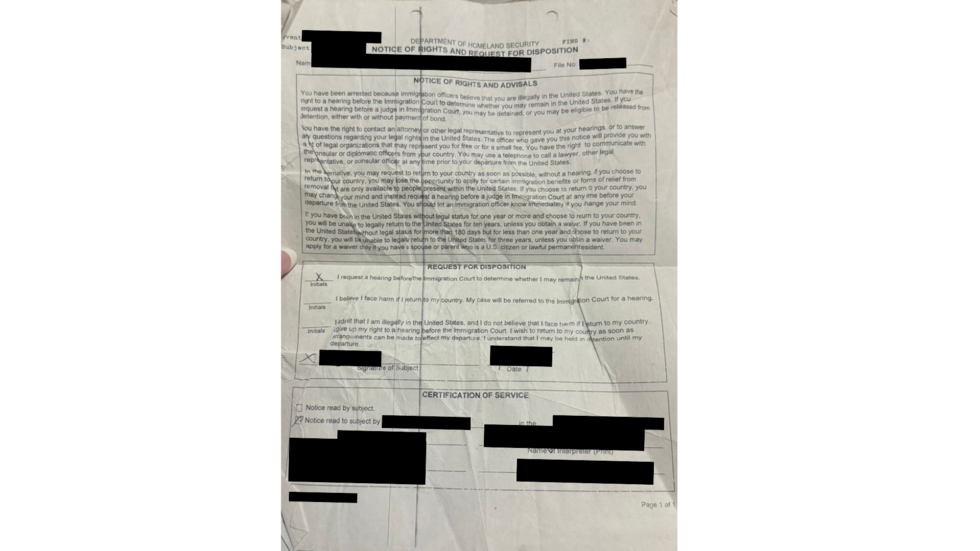
Following the bond rejection, he decided to drop his efforts to stay in the US. He cited the time spent in solitary confinement as a factor in his decision to agree to be deported to his home country.
“Emotionally, I was drained. Most of the other detainees from my country decided to give up too, and in my detention centre, ICE was not letting people get out. So nobody was released from detention except if they were deported. There were people who were in that place for over a year, and I didn't want that.”
‘I have nightmares’
The United Nations has said that holding a person more than 15 days in solitary confinement constitutes torture – a threshold ICE frequently exceeds, according to the September 2025 report.
Focusing on the northeastern United States, the study found that nearly three-quarters of solitary confinement placements exceeded the 15-day limit. The report referred to the “systemic use of solitary confinement for arbitrary and retaliatory purposes, including punishing people for filing grievances; requesting basic needs like showers; sharing food; or reporting sexual assault”.
The detrimental health effects of prolonged solitary confinement have been extensively documented, spanning everything from posttraumatic stress disorder to self-harm, higher suicide risks, and hallucinations.
However, research shows that even brief periods of isolation can be detrimental to an individual's mental health.
Months after his release, John remains haunted by his stay in that cell.
“I have a lot of nightmares. Sometimes, when I lie down, I close my eyes, and then I remember solitary confinement or the detention itself. I will feel physically in that place. I try not to think about that, but sometimes it's very hard because the picture is on my mind. I will feel the same way I did when I was in solitary confinement.”
As immigration raids step up, human rights groups have been stressing the profile of those subjected to such confinement. "We are torturing people simply because they want a better life in the US," said Sam Zarifi, executive director of Physicians for Human Rights, to American news website Axios.


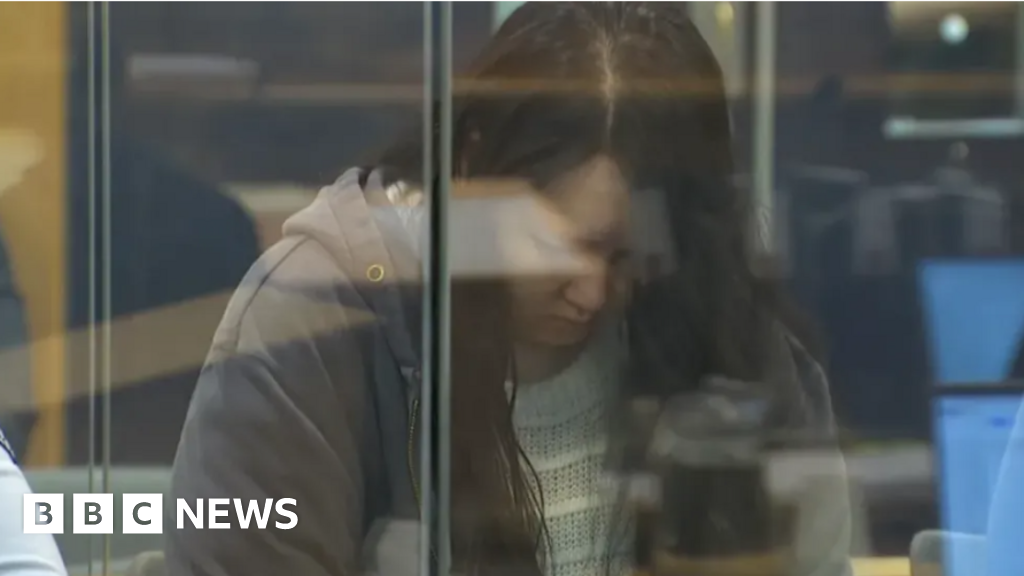
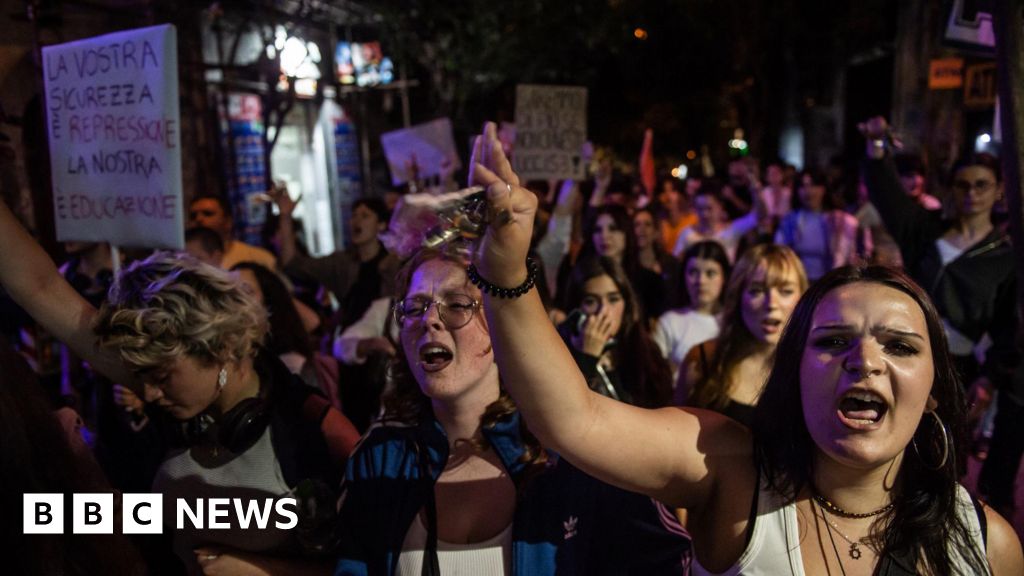



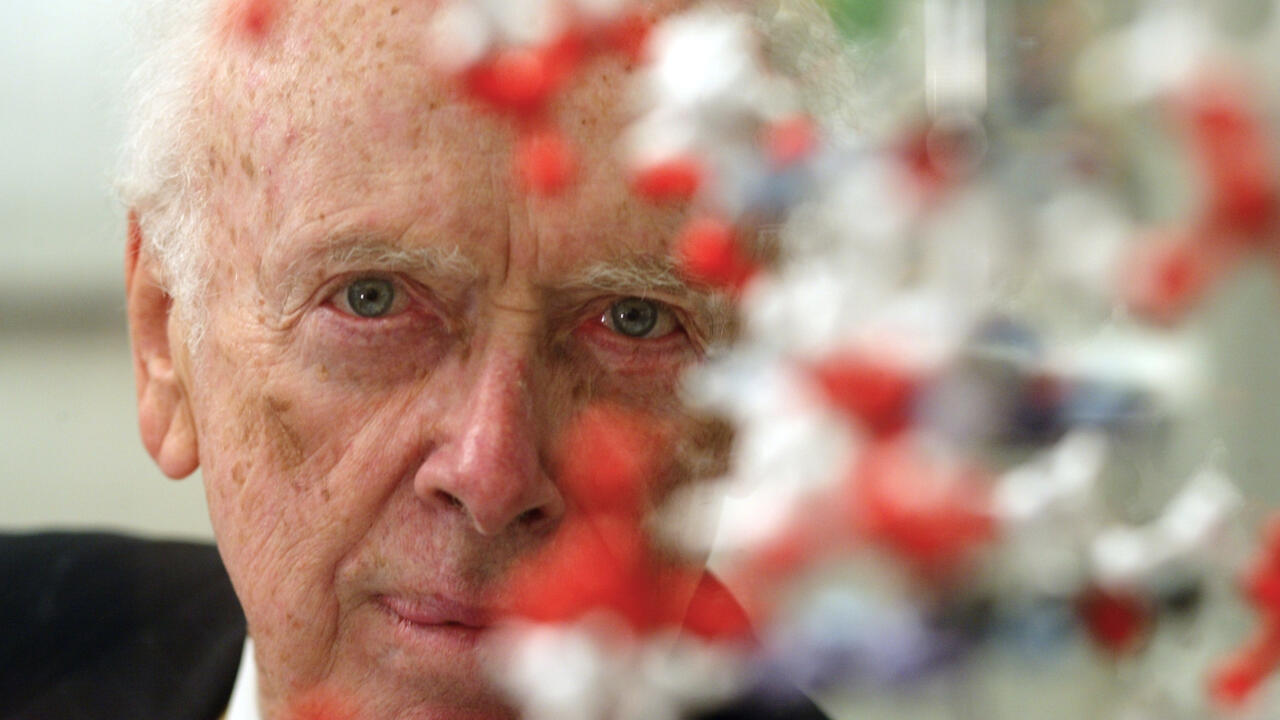
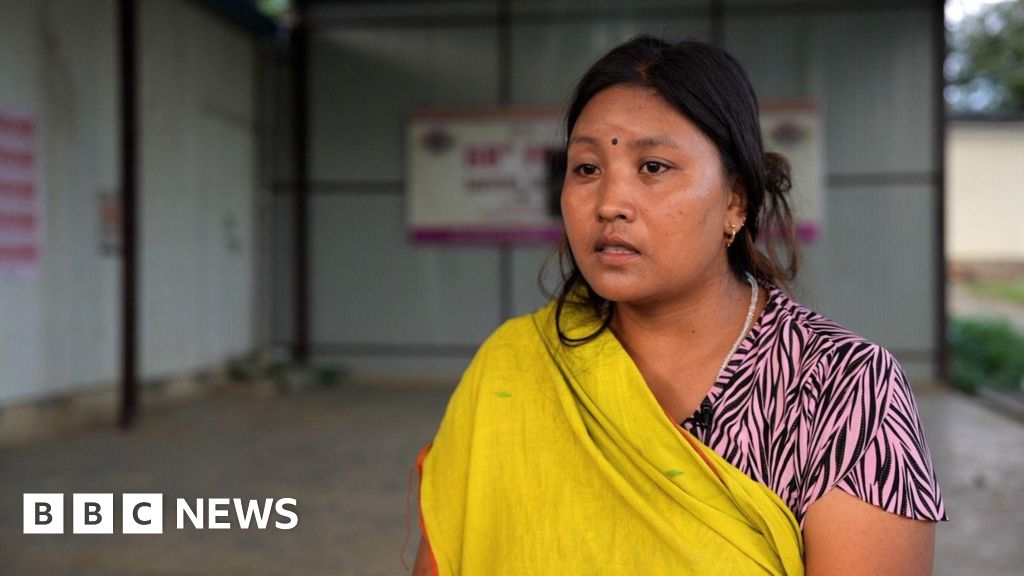


 English (US) ·
English (US) ·